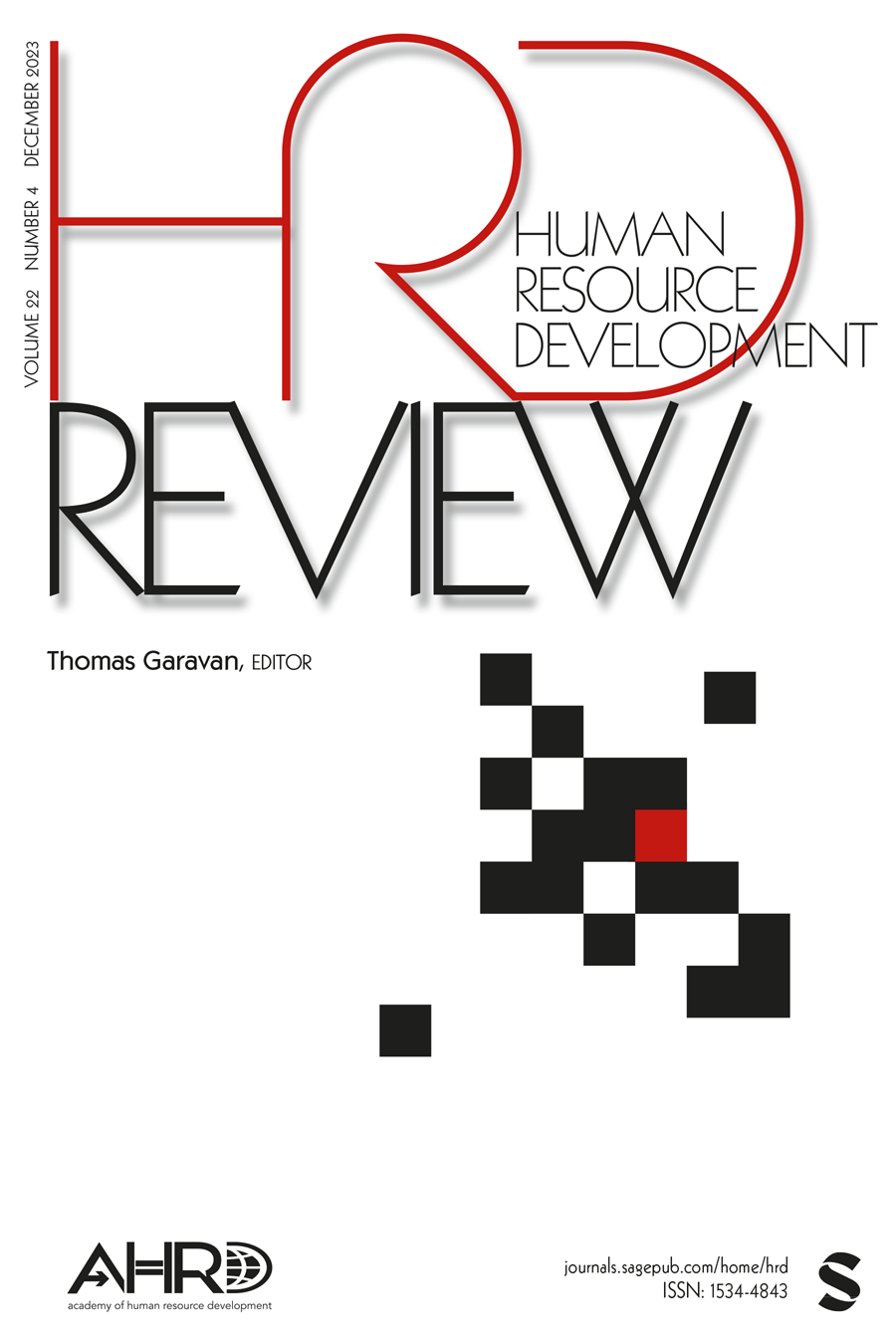教学程序代码分类在人力资源开发中的应用
IF 4.6
3区 管理学
Q1 MANAGEMENT
引用次数: 0
摘要
美国教育部对所有高等教育学位课程采用标准分类系统。这个系统,即教学项目分类(CIP),被用于多种方式来收集和报告学术项目数据。这些数据可以包括学位完成情况、毕业生的职业前景和教师工资。了解一个项目的CIP代码是什么,以及如何获取基于CIP代码的项目数据,可以帮助人力资源开发教师建立和维护高质量的学术项目,并开展与人力资源开发教育相关的研究。在本文中,我提供了一些关于CIP代码的背景知识和几个用例,这些用例可能对教师和项目负责人有所帮助。本文章由计算机程序翻译,如有差异,请以英文原文为准。
Using Classification of Instructional Program Codes in Human Resource Development
The U.S. Department of Education utilizes a standard classification system for all post-secondary degree programs. This system, the Classification of Instructional Programs (CIP), is utilized in a multitude of ways to gather and report academic program data. These data can include degree completions, career prospects for graduates, and instructional salaries. Understanding what a program’s CIP code is and how to obtain program data based on CIP code can help HRD faculty build and maintain quality academic programs as well as conduct research related to HRD education. In this article, I provide some background on CIP codes and several use cases that might be helpful for faculty and program leaders.
求助全文
通过发布文献求助,成功后即可免费获取论文全文。
去求助
来源期刊

Human Resource Development Review
MANAGEMENT-
CiteScore
9.60
自引率
17.20%
发文量
35
期刊介绍:
As described elsewhere, Human Resource Development Review is a theory development journal for scholars of human resource development and related disciplines. Human Resource Development Review publishes articles that make theoretical contributions on theory development, foundations of HRD, theory building methods, and integrative reviews of the relevant literature. Papers whose central focus is empirical findings, including empirical method and design are not considered for publication in Human Resource Development Review. This journal encourages submissions that provide new theoretical insights to advance our understanding of human resource development and related disciplines. Such papers may include syntheses of existing bodies of theory, new substantive theories, exploratory conceptual models, taxonomies and typology developed as foundations for theory, treatises in formal theory construction, papers on the history of theory, critique of theory that includes alternative research propositions, metatheory, and integrative literature reviews with strong theoretical implications. Papers addressing foundations of HRD might address philosophies of HRD, historical foundations, definitions of the field, conceptual organization of the field, and ethical foundations. Human Resource Development Review takes a multi-paradigm view of theory building so submissions from different paradigms are encouraged.
 求助内容:
求助内容: 应助结果提醒方式:
应助结果提醒方式:


